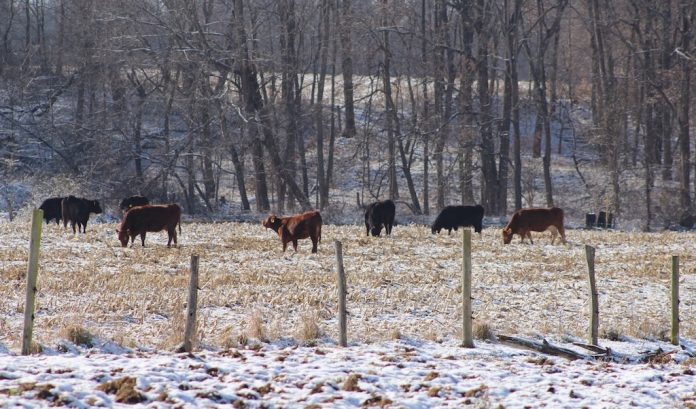Family farms still make up the lion’s share of all U.S. farms, but the number of non-family farms is climbing.
Family farms comprise about 96% of all U.S. farms, according to the 2017 Census of Agriculture Farm Typology report released Jan. 22.
The number of non-family farms increased by 18% since the 2012 Census of Agriculture. Non-family farms made up 3.3% of all farms in 2012. That number climbed to 4.1%, according to the report that was released by the U.S. Department of Agriculture’s National Agricultural Statistics Service.
Of the 2 million farms in the U.S., 82,885 are classified as non-family farms. A non-family farm is defined by the U.S. Department of Agriculture as one “where the principal operator and persons related to the operator do not own a majority of the business.”
From 2012 to 2017, income for non-family farms increased, from $62.7 billion to $71.3 billion, as did the amount of land farmed, from 104 million acres to 116 million acres.
Comparing family farms
In contrast, family farms are seeing decreases across the board. The number of family farms fell by 4% since 2012. The total number of farms in the country dropped by about 3%, or 67,083, from 2012 to 2017.
Large and mid-size farms experienced steeper declines in numbers than smaller family farms. Family farms are defined as a farm where “the majority of the business is owned by a producer and people related to the producer.” Income for family farms also dropped during this time, from $339 billion to $326 billion.
Family farms account for 87% of land in farms and 82% of the value of all agricultural products sold. There are 900 million acres of land in farms.
The 2017 data show that small family farms, those farms with a gross cash farm income of less than $350,000 per year, account for 88% of all U.S. farms, 46% of total land in farms, and 19% of the value of all agricultural products sold.
The smallest of small family farms, those that reported less than $150,000 in gross cash farm income, make up about 81% of all farms, or about 1.6 million farms.
Large-scale family farms, those with a gross income of $1 million or more annually, make up less than 3% of all U.S. farms but produce 43% of the value of all agricultural products. Large family farms hold about 19% of the total land in farms.
The largest farms by income, those that report a gross cash farm income of $5 million or more, make up 0.3% of family farms, or 5,536 farms.
Mid-size farms, those with a gross cash farm income between $350,000 and $999,999, are 5% of U.S. farms and produce 20% of the value of all agricultural products. These farms have about 21% of total land in farms in the U.S.
State numbers
In Ohio, about 90% of the state’s 77,805 farms are considered small family farms. There are 2,996 non-family farms in the state, or about 4%.
Nearly 91% of Pennsylvania’s farms 53,157 are small family farms, according to the report. About 2.4%, or 1,287, farms are non-family farms.
Southern and New England states have the highest share of small family farms. Midwestern and Northern Plains states have the lowest share. Conversely, the share of mid-size and large-scale farms is highest in the Midwest and Northern Plains states.
The two-page highlight of the report can be found here. The full report can be found here.











What bothers me is foreign businesses buying up farms. Hopefully this will not go unchecked. It’s to easy for the farmer to throw up his hands and sell off, they remain worried from year to year not knowing what lies around the corner.